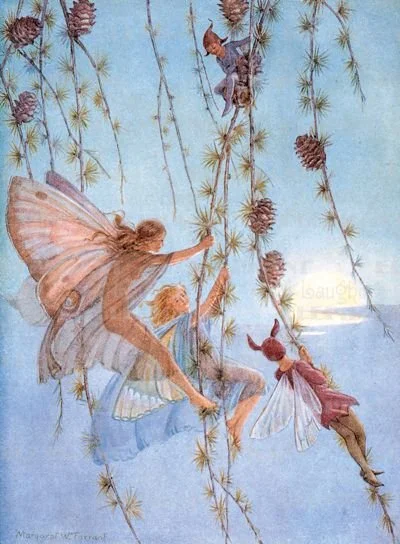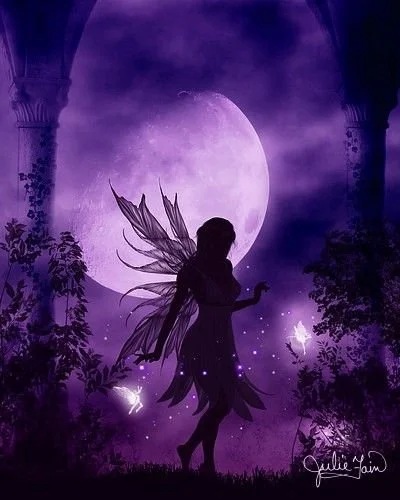The Magical World of Garden Fairies (Faeries): Interconnectedness of Nature and the Human Spirit
The enchanting and mysterious realm of fairies has captivated human imagination for centuries. Garden fairies, in particular, hold a unique place within the broader faerie mythos, symbolizing the interconnectedness of nature and the human spirit. This essay delves into the mythology and symbolism of garden fairies, exploring their origins, characteristics, and the roles they play in folklore.
The term "faerie" originated from the Old French word "faerie," which itself evolved from the Latin word "fata," meaning the Fates in Roman mythology. faeries, also known as fairies, are supernatural beings that appear in the folklore of various cultures across Europe, especially in Celtic, Slavic, and Germanic traditions. Garden fairies are a specific type of fairie that dwell in gardens, forests, and other natural environments, tending to the plants and animals that reside within these spaces.
The appearance of garden fairies varies across different cultures and traditions, but they are generally depicted as small, human-like creatures with delicate wings. They are often portrayed wearing clothes made from natural materials such as leaves and flower petals, emphasizing their deep connection to the natural world. Garden fairiesare known for their playful and mischievous nature, and are said to possess magical abilities that allow them to manipulate the elements and communicate with the plants and animals in their care.
One of the most significant aspects of garden fairiesis their symbolic representation of the interconnectedness of humans and nature. In many mythologies, garden fairiesserve as intermediaries between the human and natural worlds, reminding us of the importance of respecting and nurturing our environment. Their role in caring for the earth reflects the human responsibility to protect and preserve the planet for future generations.
Additionally, garden fairies embody the creative force present in the natural world. Their association with growth, fertility, and transformation symbolizes the ever-changing and evolving nature of life itself. They are often invoked in rituals and celebrations related to the changing seasons, such as the springtime festival of Beltane in Celtic tradition, where they are believed to bless the earth and ensure a bountiful harvest.
In literature and art, garden fairies serve as powerful symbols of innocence, wonder, and the magic of the natural world. Their presence in stories and paintings often evokes a sense of nostalgia for childhood, when the boundary between reality and imagination was more fluid. This is exemplified in works such as J.M. Barrie's "Peter Pan" and Cicely Mary Barker's "Flower Fairies" illustrations, where the fairies serve as guides and protectors of the protagonists, inspiring them to reconnect with their sense of awe and wonder.
In conclusion, the mythology and symbolism of garden fairies hold a unique place in human culture, reflecting our deep connection to the natural world and the universal themes of growth, transformation, and innocence. As we continue to grapple with the consequences of our actions on the environment, the enduring allure of garden fairies offers a timely reminder of our responsibility to protect the planet and to embrace the magic and wonder of the world around us.
Images courtesy of Pinterest






